1. NREM is a non-eye rapid movement stage whereas REM is a rapid eye movement sleep stage.
NREM is a non-eye rapid movement stage of sleep, during which your body and brain are resting. This stage can be divided into four different stages: N1, N2, N3, and N4.
REM is a rapid eye movement sleep stage, during which you experience more dreaming and your eyes move quickly from side to side. This stage accounts for around 20-25% of your total sleep time.
So what's the difference between the two?
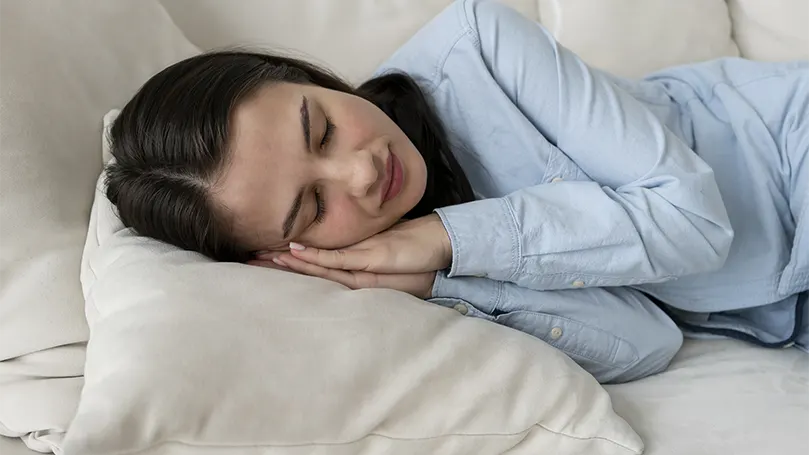
Well, as mentioned before, NREM is a stage of deep rest for your body and brain, while REM is when you experience the majority of your dreaming. Additionally, REM is thought to be important for memory consolidation and learning. Some scientists also believe that REM may be important for regulating your mood.
2. Both NREM and REM stages alternate periodically throughout the night.
To fully understand these alternations, we first have to understand the sleep stages and sleep cycles.
There are two categories – NREM and REM. Between those two – there are four stages of sleep – three NREM and one REM. Non-REM sleep can be subdivided into three stages- N1, N2, and N3. These stages are defined by the different brain waves patterns exhibited during each stage.
Stage 1, or N1 sleep, or light sleep is the lightest stage of sleep and is characterized by fleeting moments of drowsiness following falling asleep. This stage of a sleep cycle normally lasts just one to five minutes.
Stage 2, or N2 sleep, is considered a transitional stage between light and deep sleep. It is during this stage that the body starts to relax and prepares for deep sleep. This stage normally lasts 10-25 minutes.
Stage 3, or N3 sleep, is the deepest and most restorative stage of sleep. This stage is also known as slow-wave sleep or delta sleep due to the slow brain waves that are exhibited during this stage. This stage normally lasts 20-40 minutes.
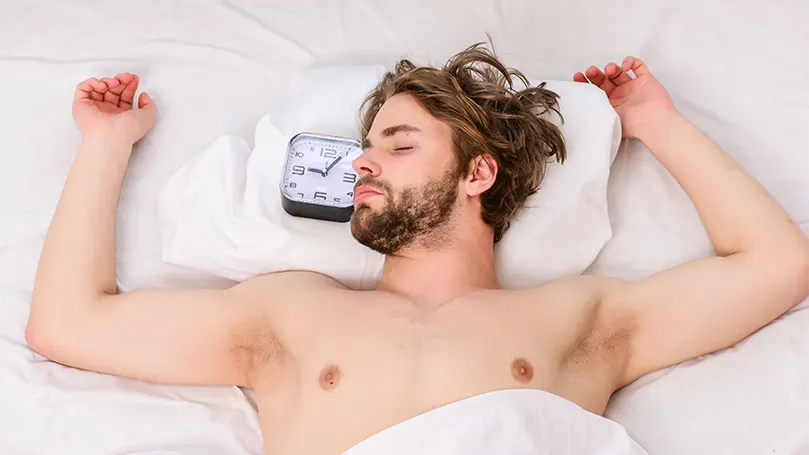
REM sleep is characterized by rapid eye movements and increased brain activity. This stage is considered to be the dream state of sleep. Dreams during this stage can be very vivid and realistic. REM sleep normally lasts for 90 minutes.
Both NREM and REM stages alternate periodically throughout the night.
NREM and REM cycles alternate throughout the night in a pattern that looks something like this: N1-N2-N3-N2-REM. That pattern is then repeated several times throughout the night with each cycle getting progressively shorter. The first half of the night is mostly made up of NREM sleep with REM sleep becoming more prevalent in the second half of the night.
According to the National Sleep Foundation, both types of sleep are essential for different functions. NREM sleep is essential for bodily recovery and growth. It may also bolster the immune system and other key bodily processes. REM sleep is critical for cognitive functions like memory, learning, and creativity.
3. Each sleep starts with NREM whereas the REM stage occurs in the end.
There are several reasons why sleep always starts with NREM and ends with the REM stage, but the one we're most certain of is that the body needs time to relax and regenerate after a long day.
The NREM stages allow the body to do this. During NREM (especially N1 and N2) is when our muscles are most relaxed, our body temperature is at its lowest, brain function is slowest, and so on.
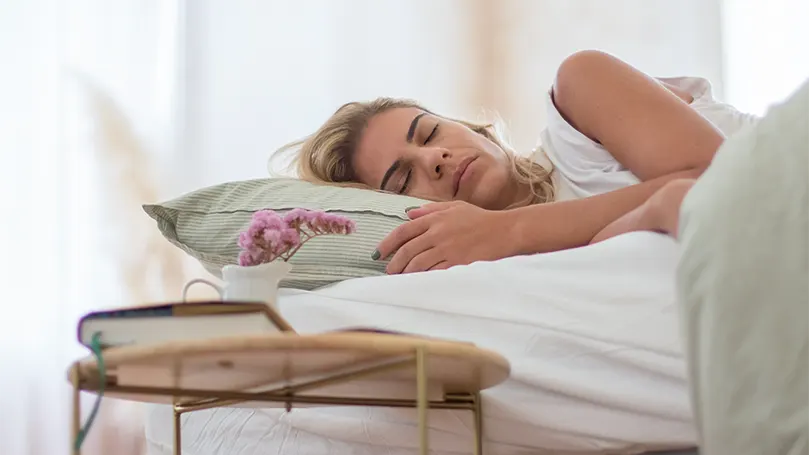
As we've said previously, people progress through the different sleep stages in the following order: N1-N2-N3-N2-REM. This sequence allows the body time to properly relax and regenerate after a long day.
The NREM stages are important for restoring energy, which is most likely why they are the ones that come first.
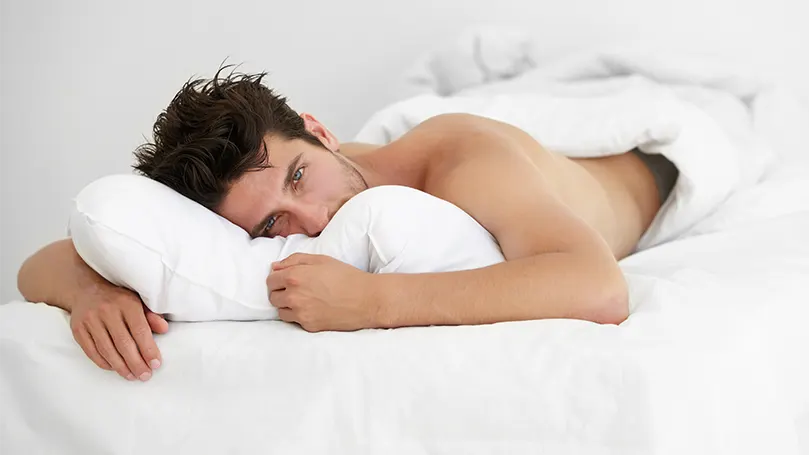
4. NREM stage has three phases lasting four to six hours every night, whereas the REM stage lasts up to two hours.
As we have just learned, we cycle through stages of sleep each night several times. Four to six times – depending on how long we sleep and how long they last.
The REM stage usually occurs about 90 minutes after you fall asleep, and it lasts for about 20-30 minutes. During this stage, your eyes move rapidly from side to side, and your brain activity increases. You may also dream during this stage. Overall, you may end up with up to two hours of REM sleep each night.
On the other hand, the NREM stage is divided into three phases:
Phase 1: This is the lightest stage of sleep, and it usually only lasts for a few minutes- one to five to be precise. Your eyes are closed, but you can still be awakened easily.
Phase 2: This is a slightly deeper stage of sleep (although deep sleep), and it lasts for about 20 to 30 minutes, although it can last anywhere between 10 and 60 minutes. This is the stage you spend most of your time in during the night.
Phase 3: This is the deepest and most restful stage of sleep. It usually lasts for about 30 minutes. During this stage of sleep, you can't be awakened easily, and if you were, you would probably have a hard time coming to your senses.
Overall, these three NREM stages add up to about four to six hours every night.
5. NREM uses significantly less energy than REM sleep.
During non-rapid eye movement (NREM) sleep, your brain activity and muscle activity slow down. Your heart rate and breathing also slow down. NREM makes up about 75% of your total sleep time.
During rapid eye movement (REM) sleep, your brain activity is similar to when you are awake. Your muscles are also active, but your body is “paralyzed”. Your heart rate and breathing increase during REM sleep. REM sleep makes up the other 25% of your total sleep time.
As a result, NREM sleep uses less energy than REM sleep because your brain and body are not working as hard. Although NREM and REM sleep both use less energy than being awake, NREM sleep uses even less energy than REM sleep.
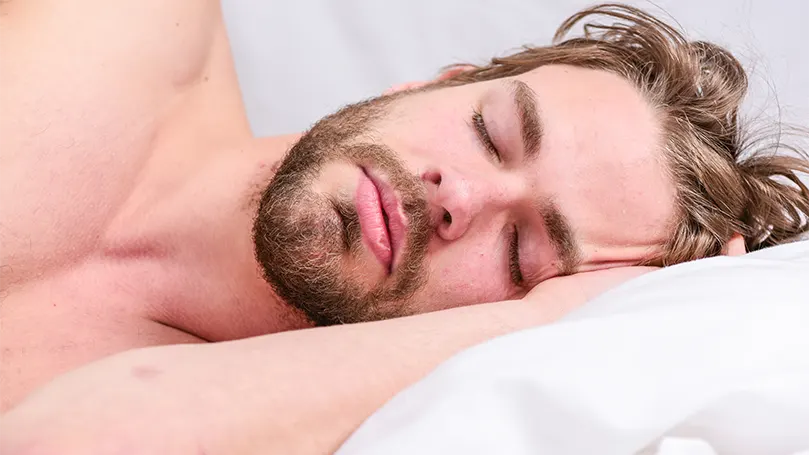
6. REM stage is a crucial part of keeping our brain in good condition (in every sense)
REM sleep is important because it helps to consolidate memories. This is because, during REM sleep, the brain is highly active and connects newly learned information with previously stored information.
This helps to improve our memory and recall abilities. REM sleep is also thought to help us process and understand new information better by stimulating the areas of our brain responsible for learning.
REM sleep also helps to improve our mood and increases creativity. Finally, REM sleep is also associated with the increased production of certain proteins.
7. Different age groups experience the NREM/REM stages longer/shorter
As we grow older, our need for sleep diminishes. Newborns require the most sleep, averaging 16 hours per day. By the time we reach adulthood, we need only about 7 or 8 hours of sleep a day. And, as we enter the late stages of our life – most of us can get by with five to six hours of sleep each day.
The amount of time spent in each stage of sleep also changes with age.

Newborns spend 50% of their sleeping time in REM sleep and 25% in each of the other three stages.
As we age, we spend less time in REM sleep and more time in the other two stages. By the time we reach adulthood, we spend about 20% of our sleep in REM sleep and 40% each in stages 1 and 2 (mostly 2).
Age also affects how long it takes to fall asleep. It generally takes longer for older adults to fall asleep than younger adults, increasing the time they spend in the early stages of sleep as opposed to late, deep sleep stages.












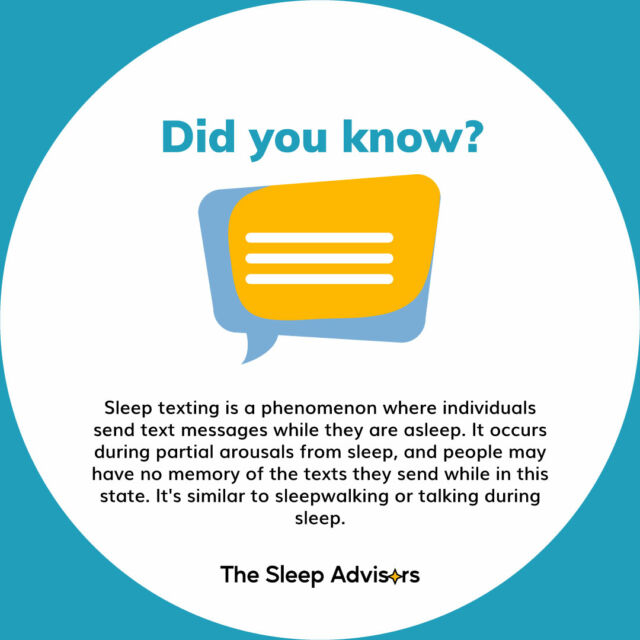
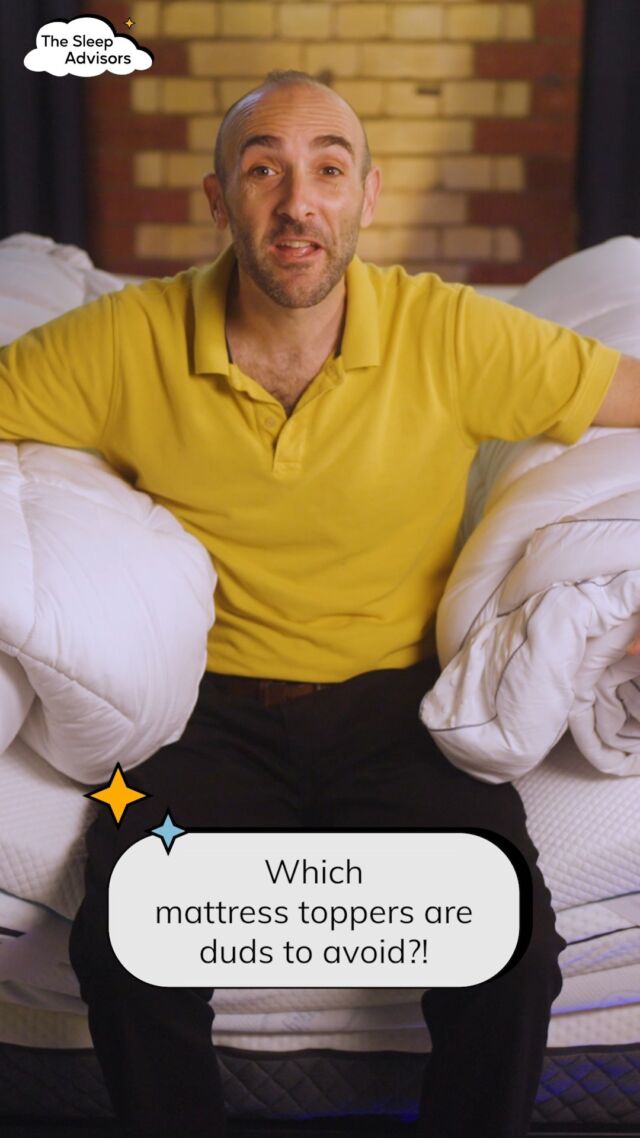

There are no comments yet
"*" indicates required fields